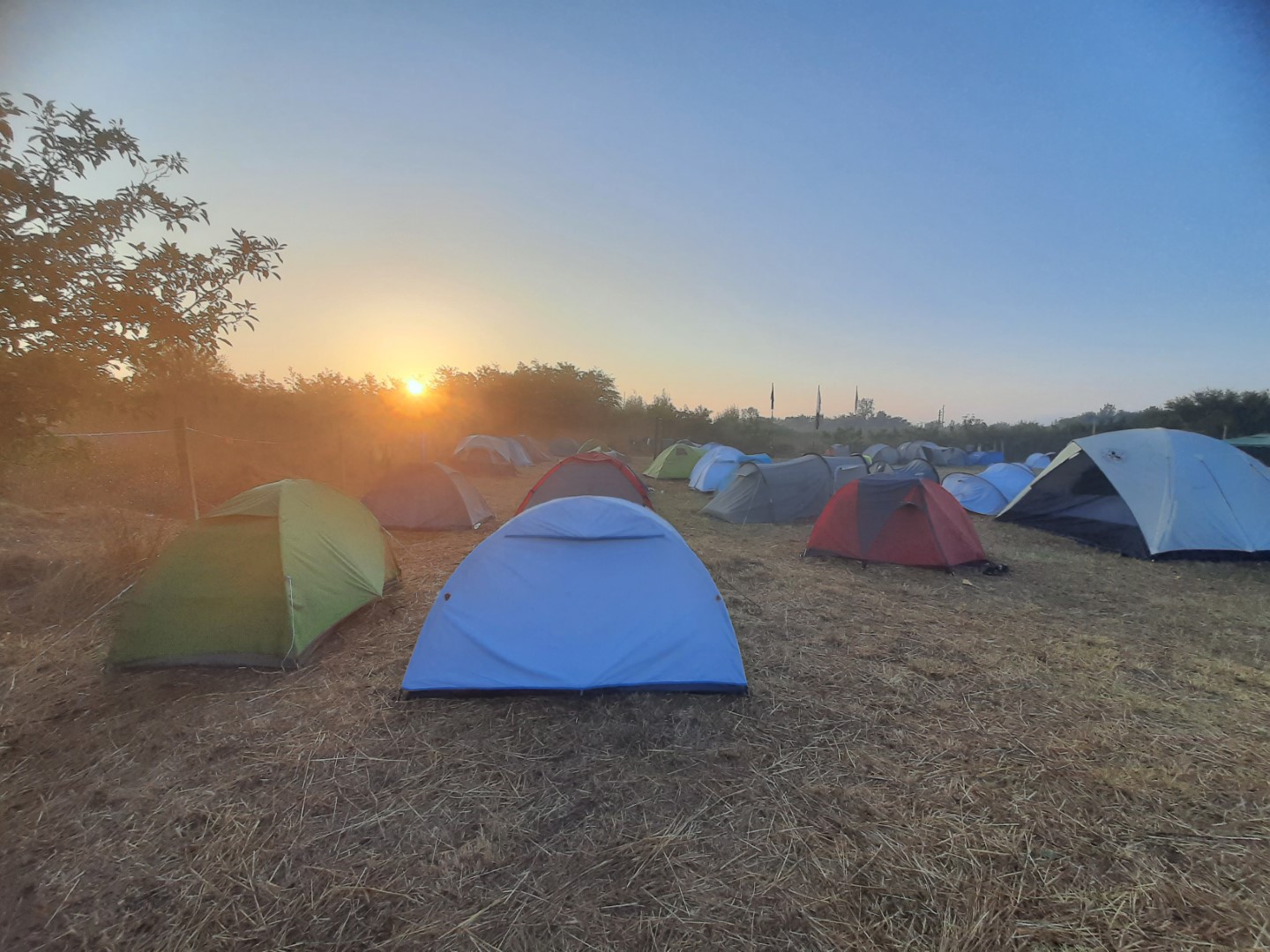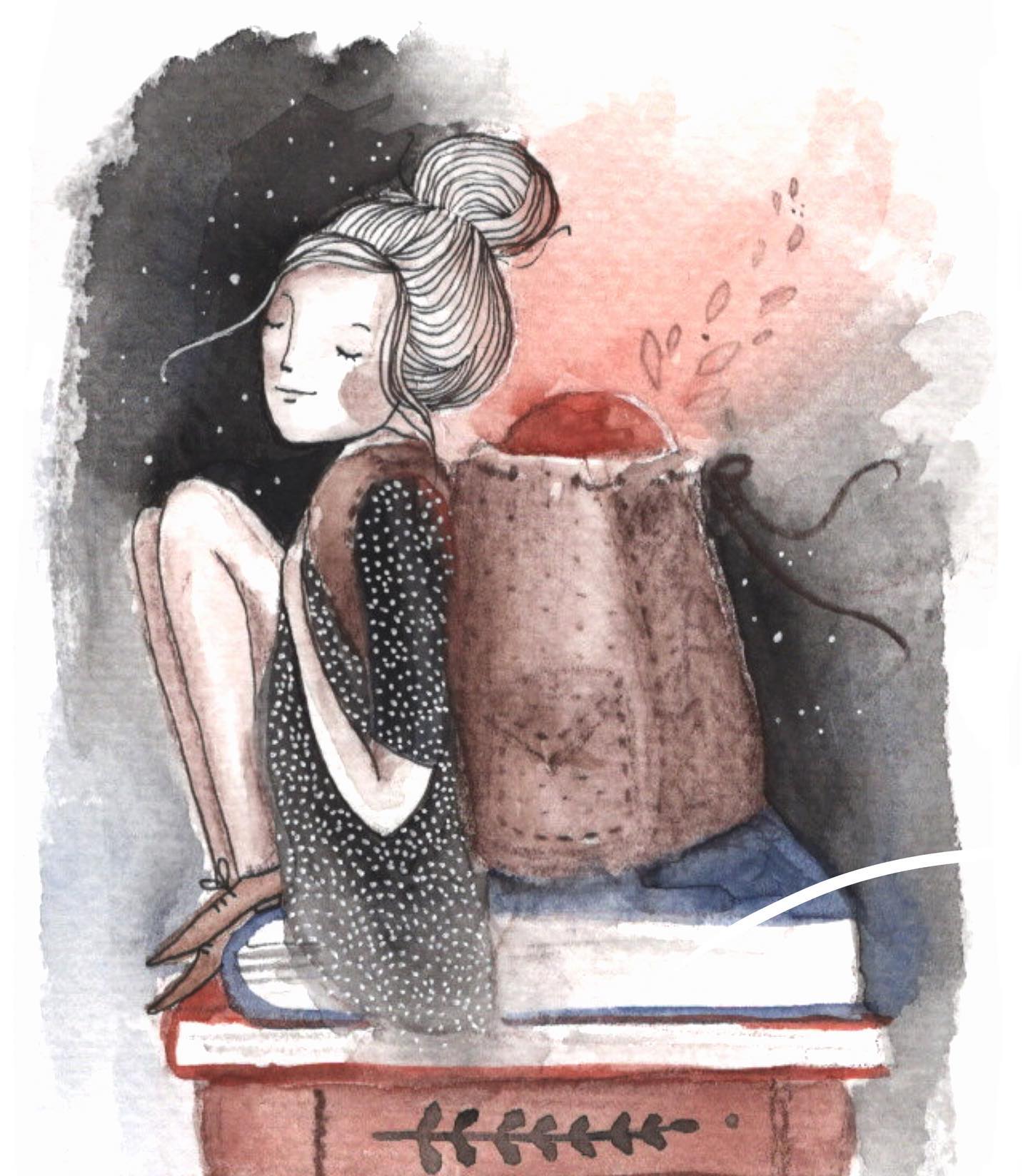Table of Contents
1 Museum of Salt in Pomorie: 24 centuries of the history of salt harvesting
2 The salt extractor is one of the ancient professions in the world
3 Cooking and non-cooking salt
5 The best views of Burgas Lakes
6 Sonenki cookies - Bulgarian salted delights+Simple Recipe
Museum of Salt in Pomorie: 24 centuries of the history of salt harvesting

The region hosts one of the ancient cites of salt-making in the world consisting of the two major spots situated at a distance of about 20 km from each other: Atanasovsko Lake and Pomorie Lake.
In August and September, you can participate in salt harvesting workshops or observe the process.
The museum of Salt in Pomorie is the main source of information about salt harvesting in the Burgas region. The admission is 1.5 euro for adults and 1 euro for children. The open hours from September to June are from 8 am to 4 pm Monday-Friday, from June to September – from 8 am to 6 pm Monday-Friday and from 10 am to 6 pm Saturday-Sunday.
Residents of Anhialo (now Pomorie) began salt-making in the 3d century b.C., while salt production at Atanasovsko Lake dates back to the 18th century.
With the setting up of the Burgas Saltworks factory in 1906, the process was accelerated. The 'white gold', the definition of salt in ancient times, was international currency and a sign of power.
The salt extractor is one of the ancient professions in the world

Due to the preserved technology of salt extraction, many tools and methods workers apply haven't changed much.
This implies a highly labor-intensive process and many hours of work in the sun. The extraction of sea crystalline salt is carried out through solar evaporation of seawater.
Salt extractors may transfer up to 20 tons of salt daily. They built huge beautiful white piramides - the final process of salt production.
There's a very interesting eyewitness account on this blog that compares in detail the working activities and tools of salt harvesting at Atanasovsko Lake recently and several decades ago.
Cooking and non-cooking salt

The only company in Bulgaria for salt production "Black Sea Saltworks" AD Burgas produces about 40,000 tons of salt per year.
Only 10% of the extracted Burgas salt is for cooking and 90% is for technical use (chemical, textile, transport, engineering and food industries).
The salt content in the Black Sea is 13 grams per liter. These 13 grams contain almost the entire Mendeleev table.
A significant amount of lye, a byproduct of salt, is used for winter road maintenance and medical lye and treatment.
Pink salt and pink lakes

Along with traditional white salt, there is the production of the most expensive pink salt in the world "The flower of the Sun". Its harvesting at Atanasovsko Lake, Burgas started in 2013.
Pink salt has a delicate flavor and fragrant, and contains natural iodine and beta-carotene, which are formed by unicellular algae and gives the salt crystals their pink color.
The water where pink salt is extracted has a vivid pink color and represents an unforgettable spectacle to enjoy in the following weeks.
The best views of Burgas Lakes

In addition to the exciting interactive activities, there is a beautiful panoramic view of the Atanasovsko Lake Reserve from the “Point” (Tochkata), at the entrance to the north "Black Sea Saltworks" AD Burgas.
You will find yourself at the barrier of Black Sea Salt Pans, from where one can enjoy different landscapes and wildlife.
To continue learning of the salt harvesting history in the region, consider visiting the SimBiotic interactive project (Burgas) and the Museum of Salt (Pomorie).
Find details on birding and sustainable vacations at Atanasovsko Lake in my other post.
Sonenki cookies - Bulgarian salted delights+Simple Recipe

Solenki cookies are the most delicious traditional salted snak in the Bulgarian cusine.
Based on cheese and different seeds, these wholesome bakery items serve an ideal match for sweet coffee - the most appreciated gastronomic combination for Bulgarians. You can buy Solenki in any supermarket or vending machine.
There are dozens shapes and flavours available (with herbs, nuts, fruits, chocolate, and so on) but the most popular option is the classical cookies with cheese.
Why are Burgas solenki so special? The recipe was borrowed from the Turkish cusine. Historically, the Burgas region was home to a vast Turkish community, and their culinary traditions were closely interwined with the Bulgarian cusine and the local salt harvesting craft. This resulted in diverse recipes of Solenki.
Here is the simple recipe of 5-ingredient crispy cheesy Solenki:
Ingredients:
- 100 gr flour
- 100 gr butter
- 100 gr grated cheese
- 2 egg yolks
- a pinch of salt
- sesame or herbs or pepper (optionally)
Preparation:
- Mix the butter and cheese with the flour.
- Add the egg yolks, stir and make a dough.
- Put in the fridge for 30-40 minutes.
- Preheat the oven at about 200 C.
- Roll out the dough to 3 mm thick and make your favourite shapes with a cookie cutter.
- Arrange the cookies on a backing sheet. Bake about 20 minutes.
You will get about 50 cookies 3x3 cm. Enjoy the Solenki with tea, yogurt, or soup!





